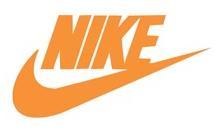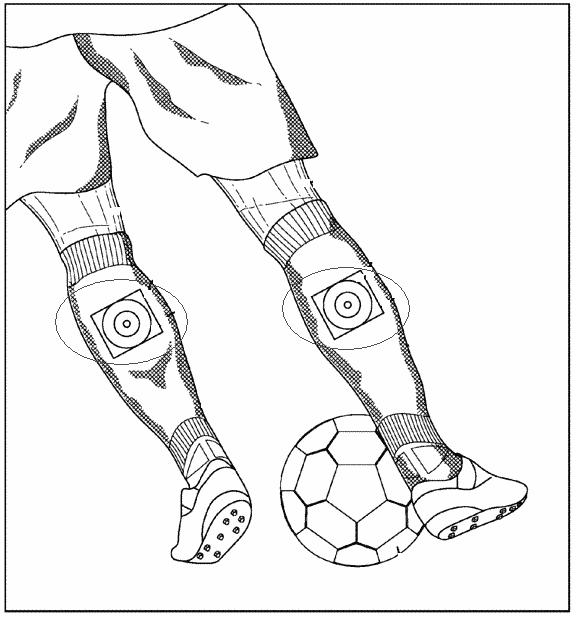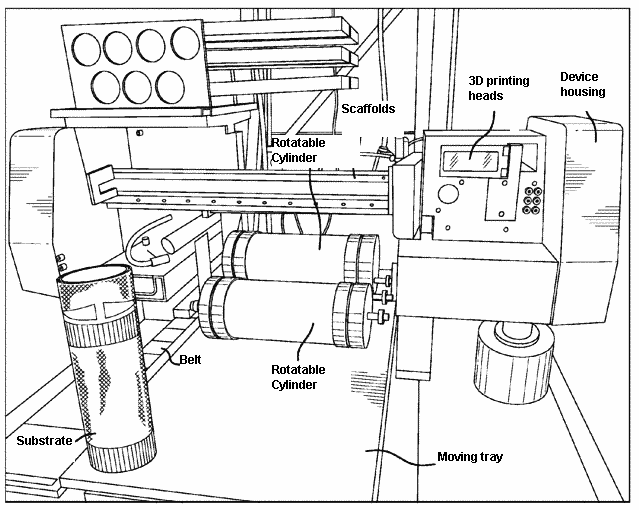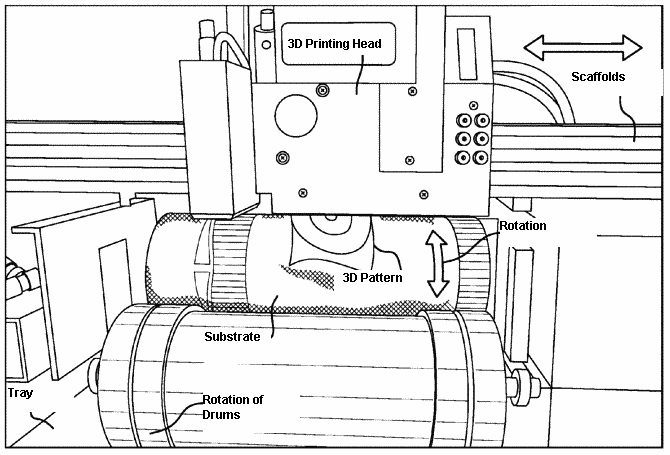 We have known for some time now that Nike has been using 3D printing in the creation of several unique products. They aren’t the only apparel company doing so, and they certainly will be joined by many others in the months and years ahead. Back in February, we reported on a couple 3D printing related patents that Nike had filed. We have also seen the company use 3D printing in the creation of their Vapor Ultimate Cleat, as well as some other sporting goods. Without any doubt, Nike will continue to expand the use of 3D printing in both prototyping and the creation of customized end-use products. Twitter co-founder Biz Stone has gone on record predicting that Nike will be a pure software company within 10 years. While his prediction may seem a bit drastic, anything is possible within the 3D printing space.
We have known for some time now that Nike has been using 3D printing in the creation of several unique products. They aren’t the only apparel company doing so, and they certainly will be joined by many others in the months and years ahead. Back in February, we reported on a couple 3D printing related patents that Nike had filed. We have also seen the company use 3D printing in the creation of their Vapor Ultimate Cleat, as well as some other sporting goods. Without any doubt, Nike will continue to expand the use of 3D printing in both prototyping and the creation of customized end-use products. Twitter co-founder Biz Stone has gone on record predicting that Nike will be a pure software company within 10 years. While his prediction may seem a bit drastic, anything is possible within the 3D printing space.
Late last week, a new patent was published, which was filed for by Nike. This one, while I would consider more of a 2-dimensional method of printing on 3D objects, rather than the 3D printing we are all used to seeing and hearing about, is specifically called “3D printing” by Nike.
 United States patent application US 20140300676 A1, explains both a computing process and a machine for the “3D printing” of images onto objects. Nike considers it “3D printing” because the printers will actually be printing onto the surface of fabrics which are on a cylindrical object, rather than on traditional 2-dimensional surfaces. While the object would most likely appear 2-dimensional when the article of clothing is not on a human’s body, when it is worn, the image will be “3-dimensional” as it will stretch and bend around the wearer’s body.
United States patent application US 20140300676 A1, explains both a computing process and a machine for the “3D printing” of images onto objects. Nike considers it “3D printing” because the printers will actually be printing onto the surface of fabrics which are on a cylindrical object, rather than on traditional 2-dimensional surfaces. While the object would most likely appear 2-dimensional when the article of clothing is not on a human’s body, when it is worn, the image will be “3-dimensional” as it will stretch and bend around the wearer’s body.
What makes this method of printing so unique is that the idea is to print images onto these objects in a way in which when the fabric is stretched, the images are not distorted. We’ve all seen this happen before. You purchase a piece of clothing with a really unique design, image, logo, name, etc. on it, but when you put it on your body, it is stretched. When this happens, the image is distorted and almost nothing like what it was originally intended to look like.
This is where Nike’s new patent looks to improve upon the designs capable of being placed on apparel. Using a specialized “3D printer” a garment such as a sock will be put onto a cylindrical object, representative of a human leg, and then that printer will print an undistorted image onto it. This means that when the sock is stretched and worn by a person, the image will not be distorted, and may even have some 3-dimensional characteristics to it because of the leg’s shape.
The patent explains this in more detail by saying:
“A system for three-dimensional printing onto an article of apparel comprises a three-dimensional printing device and at least one computer system. The three-dimensional printing device is in direct communication with the at least one computer system. The at least one computer system is configured to receive an undistorted three-dimensional pattern for display on the article, wherein the undistorted three-dimensional pattern is configured for placement on at least a portion of a human body, and wherein at least a portion of the undistorted three-dimensional pattern has at least a first arc length. The at least one computer system creates a predistorted three-dimensional pattern from the undistorted three-dimensional pattern for printing onto a three dimensional geometric primitive object.”
It should be interesting to see exactly how this technology is used, when it is used (if ever), and what the results look like. Will Nike utilize it to make 3D looking prints on clothing, or simply use it to aid in the creation of logos, emblems, and text in a fashion where it will not be distorted simply by being worn? My guess is the latter.
The patent filing also claims that this may be used for any type of apparel, including hats, caps, shirts, jerseys, jackets, socks, shorts, pants, undergarments, athletic support garments, gloves, wrist/arm bands, sleeves, headbands, any knit material, woven material, nonwoven material, sports equipment, etc.
The patent explains the process in a little more detail:
“Contrary to known 3D printing methods, however, the disclosed methods and systems accomplish 3D printing of a predistorted image or pattern directly onto any regular or simple 3D surface of a textile, a natural fabric, a synthetic fabric, a knit, a woven material, a nonwoven material, a mesh, a leather, a synthetic leather, a polymer, a rubber, and a foam, or any combination of them. For example, such a regular or simple 3D surface may be a cylinder. For example, the disclosed methods may include printing of any material, for example an ink, dye, resin, or acrylic onto a fabric, for example a knit material, where the material is absorbed into, adhered to, or bonded to the fabric and where the material does not generally delaminate from the fabric when flexed, rolled, worked, or subject to additional assembly processes or steps.”
This technology will definitely provide an efficient way for putting logos and designs on clothing which traditionally would be distorted with normal wear. I’m interested in seeing this become a reality. What do you think? How do you expect Nike will use this “3D printing” technology? Discuss in the Nike 3D printing forum thread on 3DPB.com.
Subscribe to Our Email Newsletter
Stay up-to-date on all the latest news from the 3D printing industry and receive information and offers from third party vendors.
You May Also Like
3D Printing Financials: Prodways Targets Industrial Markets for Q3 Growth
Prodways (EPA: PWG) closed its third quarter of 2024 with signs of recovery, marked by renewed momentum in its systems division. The company’s restructuring efforts earlier in the year, particularly...
3D Printing Financials: Materialise’s Diversified Portfolio Powers Q3 Growth
Materialise (Nasdaq: MTLS) has wrapped up a solid third quarter, fueled by growth across its diverse 3D printing segments. Known for its pioneering role in 3D printing software, Materialise demonstrated...
3D Printing Financials: Australia’s AML3D and Titomic Reflect on 2024 Results
The world of 3D printing is no longer niche. Companies across the globe are pushing boundaries and exploring clever manufacturing techniques, and Australia has two thriving players: AML3D (ASX: AL3)...
Protolabs Buys DLP-SLA Combo 3D Printer from Axtra3D
Axtra3D has sold a Lumia X1 to Protolabs, to be installed at the manufacturing service provider’s Raleigh, North Carolina location. The Lumia X1 is a high-throughput vat polymerization system that...







































